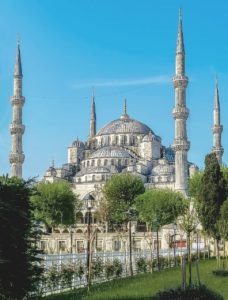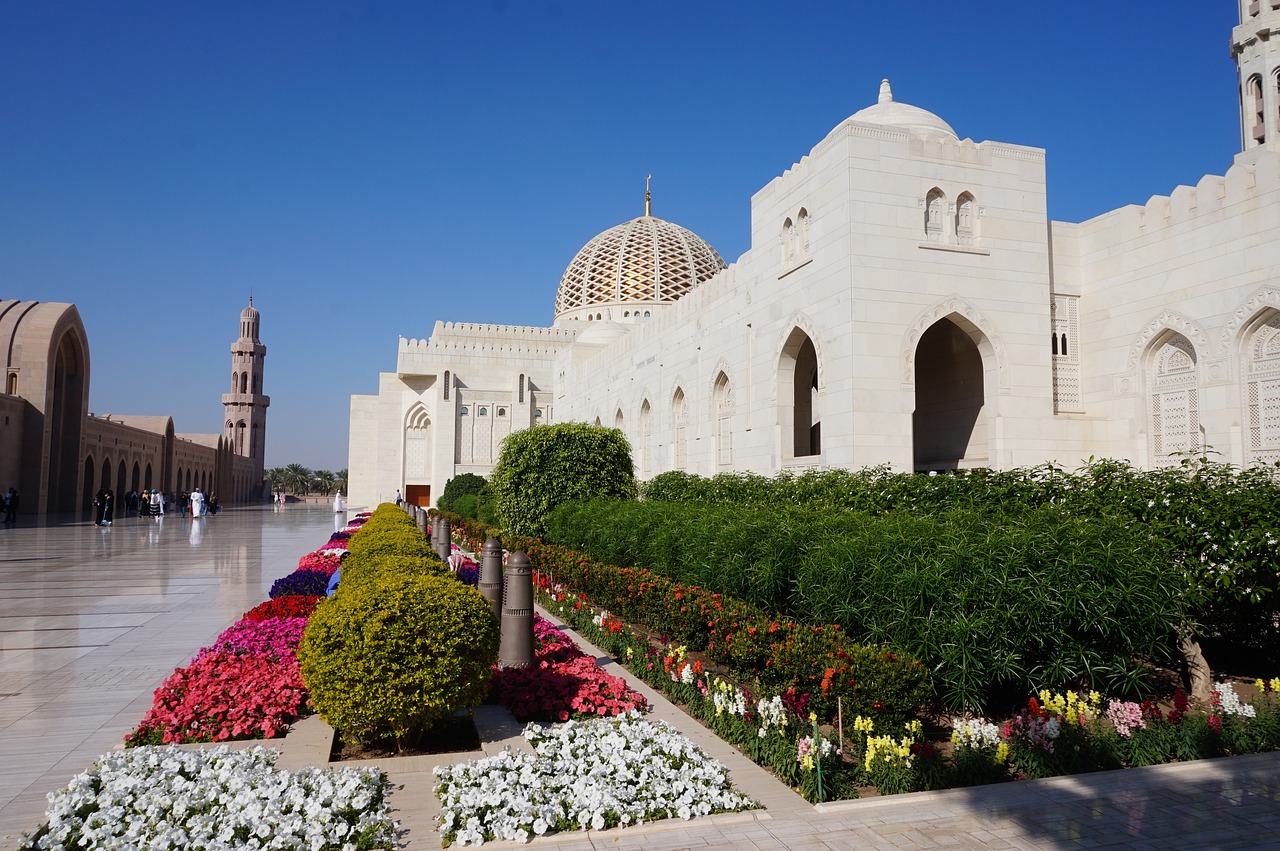For well over a thousand years, gardens have occupied a special place in Islamic culture. Viewed as an earthly symbol of paradise, Islamic gardens can trace their origins as far back as the 7th century, when Persian gardens were established. Today, beautiful examples of historic Islamic gardens can be found throughout the Middle East, Europe, and Asia, including the gardens of the Taj Mahal in India and the Alhambra palace in southern Spain.
In Afghanistan, the most famous example of a traditional Islamic garden is Bagh-e Babur, or “Babur’s Gardens”. The beautifully restored gardens in the heart of Kabul were originally designed and created by the Mughal emperor Babur approximately 500 years ago. Following a long period of neglect and disrepair, a comprehensive restoration of the gardens was launched in 2002 with the support of the Aga Khan Development Network. Today, Babur offers locals and tourists alike a glimpse of a peaceful and beautiful part of the Islamic cultural heritage.
Like most other traditional Islamic gardens, Bagh-e Babur carefully follows the key principles upon which all such gardens are based, incorporating the vital design elements common to Islamic gardens of all sizes. Read on to learn more about how these gardens were designed.
Basic Principles
Islamic gardens are much more than pleasant green spaces. They are sophisticated, living cultural artifacts that reflect key elements of Islamic tradition and culture. Following are seven important principles on which all Islamic gardens are based.
 Diversity—Islamic gardens are unique in that they bring together disparate elements while at the same time celebrating their distinctiveness. In particular, gardens explore and reflect the connection between urban and natural, tangible and symbolic, and physical and metaphysical.
Diversity—Islamic gardens are unique in that they bring together disparate elements while at the same time celebrating their distinctiveness. In particular, gardens explore and reflect the connection between urban and natural, tangible and symbolic, and physical and metaphysical.
Beauty—In the Islamic culture, beauty is a goal rather than a luxury. Aesthetic considerations are therefore of prime importance in garden design, encompassing everything from the types of plants that are chosen to how the garden structures are decorated.
Conservation—This is an important tenet of Islam. In garden design, it manifests itself in the careful consideration of how water in a garden is used and controlled.
Context—Islamic gardens should not be viewed in isolation. Rather, the gardens’ design should be created in response to the surrounding architecture and planning elements, ensuring that they will fit in harmoniously with their environment.
Individualism—While they are common spaces, Islamic gardens are designed to encourage visitors to have their own individual experiences with and their own responses to the design.
Multi-functionality—The ideal Islamic garden serves many purposes. It should provide food and water for visitors, as well as for the animals and birds that live in it. Its trees and shrubs should not only produce fruit and herbs, but also shade and scent. A range of both active and passive activities should be possible in the garden.
Moderation—Islamic gardens demonstrate restraint and moderation in that they are all about finding a balance between humans and nature.
Design Elements
A number of key design elements are common to all Islamic gardens, regardless of their size and location. They include:
Water—Water is at the heart—both literally and metaphorically—of Islamic gardens. Given that the gardens developed in arid countries and were typically designed by desert dwellers, water assumes an almost sacred importance. Indeed, water is actually a more important part of an Islamic garden than the plants. Many Islamic gardens feature a fountain at the center with four water courses radiating outwards. The water courses are often lined with green or blue tiles that enhance the interplay between water and light.
The number four—Four is an important number in the Islamic culture, representing the four directions and four elements that form the order of the universe. As such, traditional Islamic gardens are laid out in a quadripartite design. That is, they are shaped like a rectangle divided into four parts (the divisions are usually created by the water courses described above). The layout is traditionally referred to as “chahar-bagh,” a term derived from Persian and meaning “four gardens.”
Greenery and shade—The geometric lines of the traditional Islamic garden are softened by greenery, which is planted first and foremost to create shade. Fruit trees are some of the most common plants featured in Islamic gardens, as they not only provide crucial shade, but also nourishment and a pleasant aroma.
Walls and gates—An Islamic garden, much like paradise in the Islamic tradition, is an enclosed space protected by walls and accessible by gates. In physical terms, enclosing a garden serves three main purposes: it helps to keep out the encroaching desert and allows the area within it to be organized and maintained more effectively, it concentrates visitors’ attention on the garden rather than its surroundings, and it designates the garden as a special area separate from its environment.

